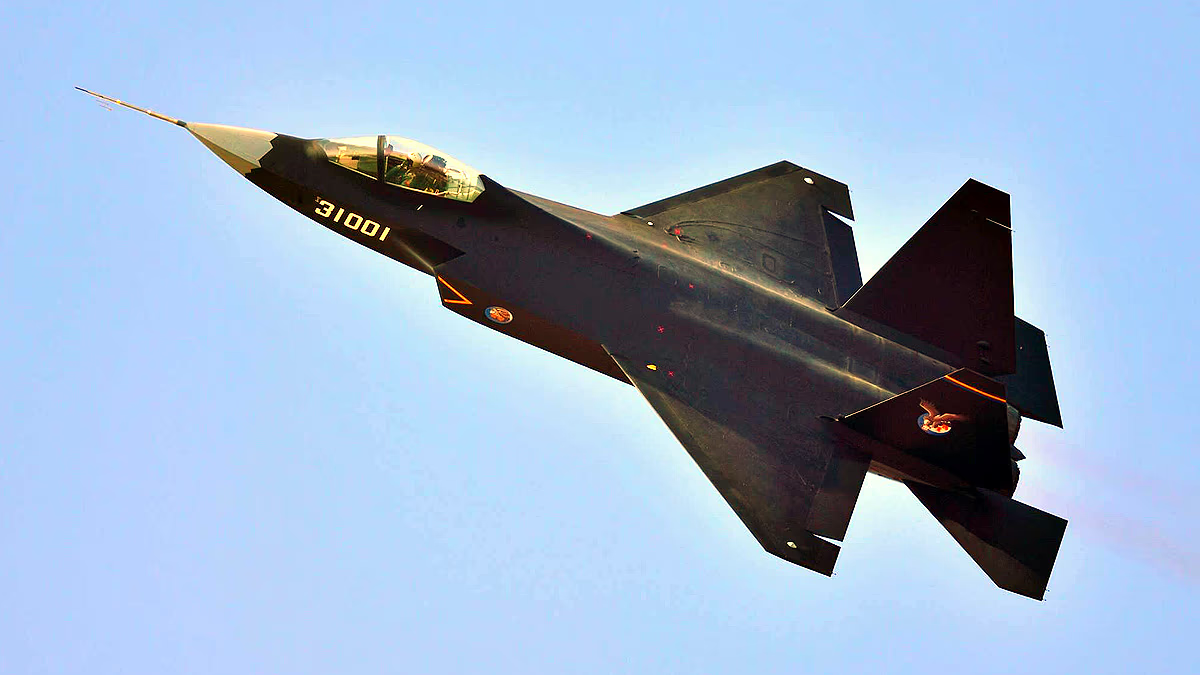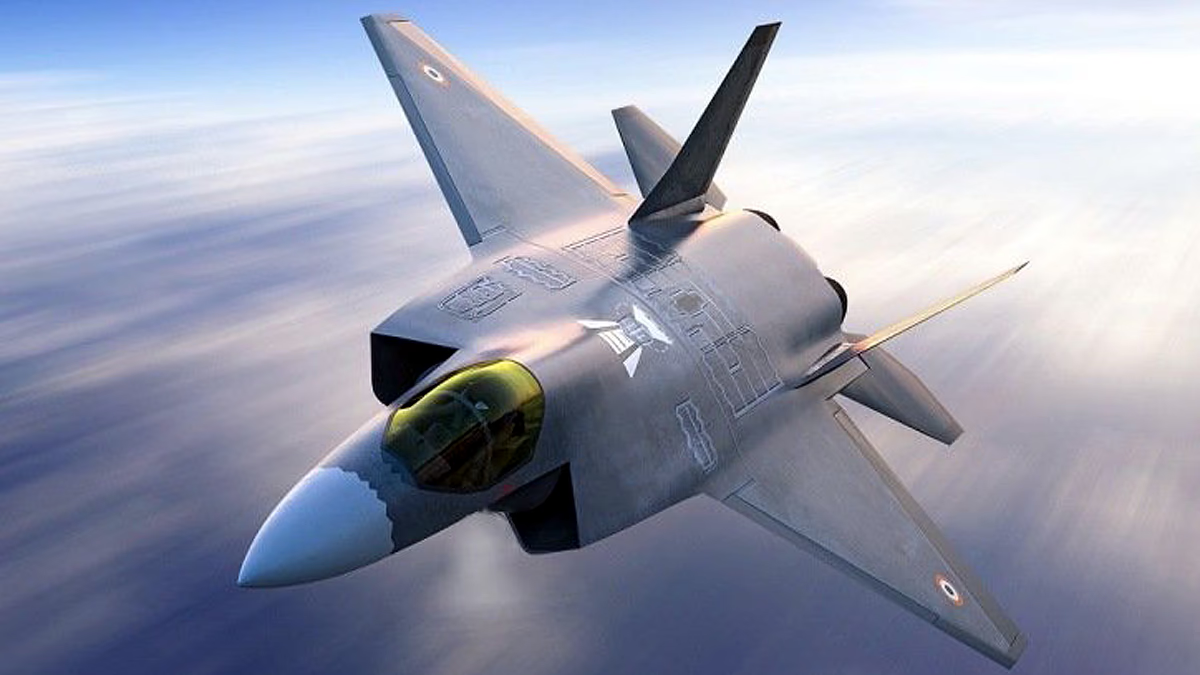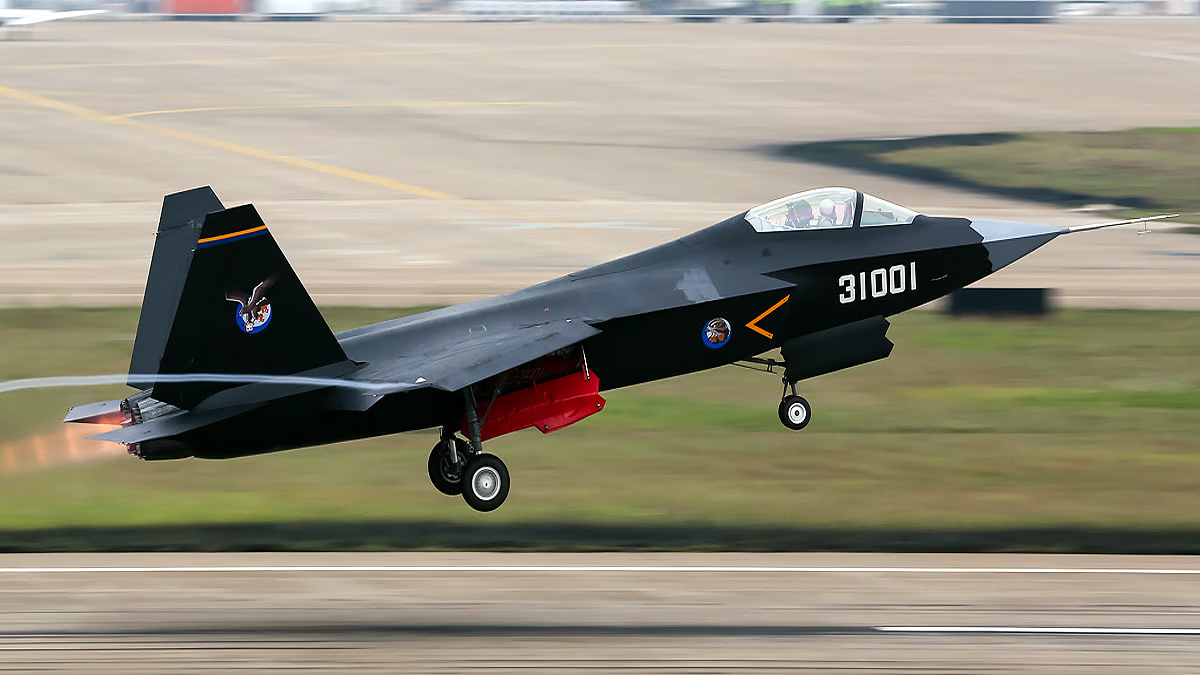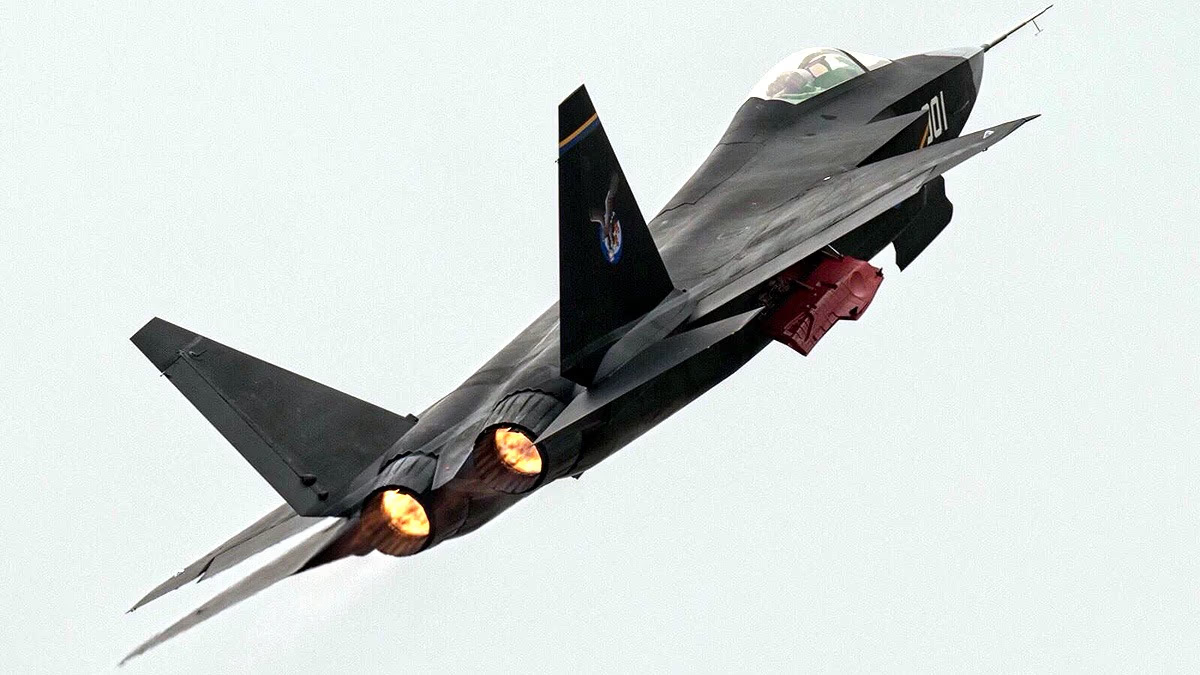The Pakistani Air Force (PAF) is rapidly modernizing its fleet, continuously acquiring new fighter jets from China. In the midst of this overhaul, former PAF Air Commodore Zia Ul Haq Shamsi has claimed that the Pakistani Air Force is now 12-14 years ahead of the Indian Air Force.
Air Commodore Shamsi attributed this advancement to the purchase of the FC-31 stealth fighter jet from China, also known as J-31. Pakistan now possesses a fifth-generation fighter jet, whereas India currently has none. This Chinese multi-role stealth fighter could pose a significant challenge to India.
Also Read:

Source: aajtak
It's not disclosed how many J-31 fighter jets Pakistan has acquired from China, but it is clear that India currently does not possess any stealth fighters, let alone fifth-generation jets. With these advanced jets from China, Pakistan could potentially challenge the Indian Air Force, which relies on a mix of fourth and 4.5 generation fighters like the Rafale and Tejas.
Comparison with India's AMCA, expected in 10-12 years
The new Pakistani aircraft is being compared to India’s Advanced Medium Combat Aircraft (AMCA) project, which is moving ahead slowly. It is expected that the AMCA will take around 11 more years to be ready, and an additional 2-3 years to be inducted into the armed forces. In this context, Air Commodore Zia Ul Haq's claim seems accurate.
Also Read:

Source: aajtak
Currently, India does not have any fighter jets of this generation. India is still developing its AMCA fighter jet, which is set to be complete in a few years. The full name of this aircraft is Advanced Medium Combat Aircraft. Once completed, it is expected to give India a significant edge over Pakistan, boasting a speed of 2600 km/hr, a combat range of 1620 kilometers, and an overall range of 3240 kilometers, capable of reaching heights of up to 65,000 feet.
In many aspects, the Indian Air Force is still far ahead of the Pakistani Air Force
In terms of fleet size, experience, strength, and support infrastructure, the Indian Air Force (IAF) is still significantly ahead of the Pakistani Air Force. The IAF is currently focused on network-centric warfare, long-range precision strikes, and advanced air defense systems. These capabilities can effectively neutralize the threat posed by Pakistan's J-31.
Also Read:
Strength lies in the wielder, not the weapon... Wing Commander Abhinandan's example
Possessing the J-31 gives Pakistan a tactical edge in aerial combat. However, having a modern aircraft does not necessarily equate to being stronger. Indian Wing Commander Abhinandan Varthaman, flying an older MiG-21 Bison fighter jet, successfully downed a Pakistani F-16 fighter jet.

Source: aajtak
Now, let us introduce Pakistan's latest fighter jet...
Discover the power of the J-31 Stealth Fighter Jet...
China claims that countries unable to procure the American-made F-35 stealth fighter jet can opt for this Chinese fighter jet instead. From 2012 to 2019, several design modifications and test flights were conducted. It is a single-pilot fighter jet, with a length of 56.9 feet and a height of 15.9 feet.
The maximum takeoff weight is 28,000 kg, and it can reach speeds of 2205.08 km/hr. The combat range, fully armed, is 1200 km. With aerial refueling, it can cover distances up to 1900 km. The maximum altitude it can reach is 52,000 feet.
Also Read:
Can be armed with up to 8 supersonic missiles and dozens of bombs
The jet has 6 external and 6 internal hardpoints, capable of carrying weapons totaling 10,000 kg. It can carry 12 medium-range air-to-air missiles, 8 supersonic air-to-ground missiles, 8 deep-penetration bombs of 500 kg each, or up to 30 small bombs.




